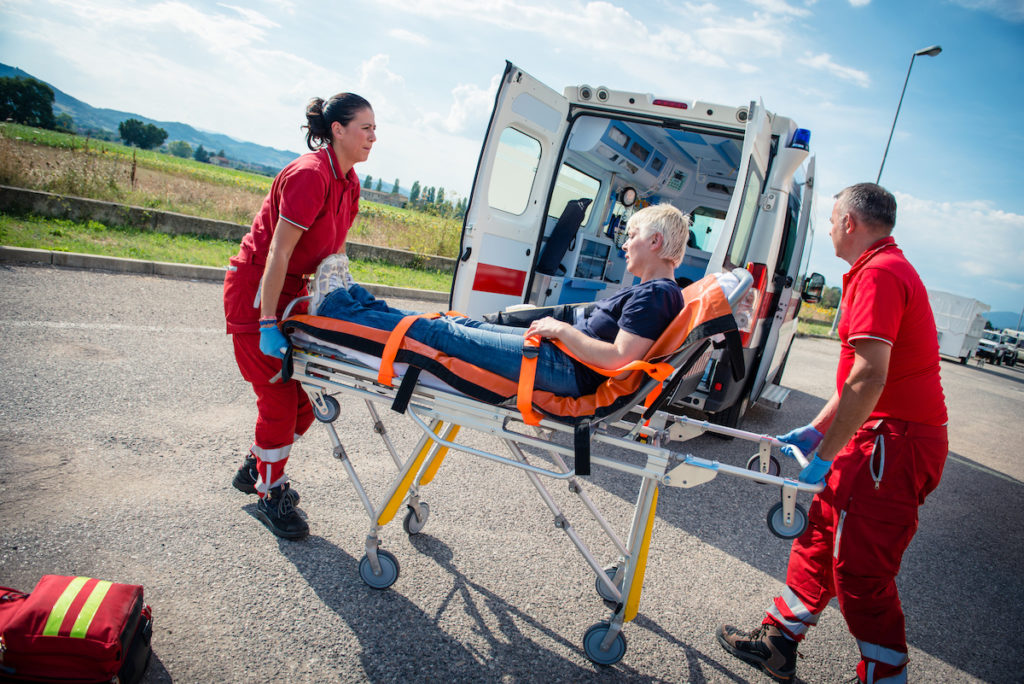As part of the local government, you may end up being in charge of emergency services. With emergencies happening all over the city, the police, medical, and fire fighting services of the local government must have a well-maintained fleet of vehicles. It should be one of the top priorities when it comes to managing emergency services.
It can be confusing at first, but here are some tips to help you out:
Aim For Simplicity
When you are given the job of managing the various vehicle fleets, then you should try to simplify things as much as possible. Adding complications will only cause you problems. It can also help with the tight budget that you often have. One great way to do that is to standardize everything. This can be very effective when it comes to spare parts. For example, when you standardize your parts specifications, you make it easier for your technicians and your suppliers. This is most effective when it comes to fuel and tires. Most vehicles work on the same fuel and tires can work on various vehicles, as long as they are the same size.
Work With Your Mechanics
The front line people for your maintenance are your mechanics. To have a better idea of what you need, you have to work with them. Have a regular meeting and talk with them. They will often give good advice on how to set a maintenance schedule, which is pretty important. You and your team also need to have a comprehensive maintenance checklist. This starts from the exterior to the engine. Besides that, the maintenance list should include the special equipment that is included in each emergency vehicle.

Be Aware of Aging Equipment
One of your priorities should be replacing old equipment. You first need to determine a need for the change. For example, you might think your police cruisers need new LED police light bars so that they can be more efficient and visible. You need to determine whether it is worth it. If your cruisers are using ten-year-old lights then changing to LED lights can be a big change. Always have your technicians looking for older accessories that might need changing and to look for proper replacements.
Have Set Operational Limits
Emergency vehicles work hard and you can expect first responders to rack up the miles on their vehicles. This is especially so with police cars that need to patrol. You have to set a mileage limitation on your vehicles so that you know they are at their limit. When they reach that number, they should be pulled out and be given a full check-up and tune-up. This ensures that they will be in great shape at any given time.
Whether it is a small or big emergency, speed is important. In response to call for help, your emergency vehicle fleet needs to be in good shape if you want it to do its job well. If you do your best when it comes to maintaining them, you can be sure that your first responders will be where they need to be right away.
